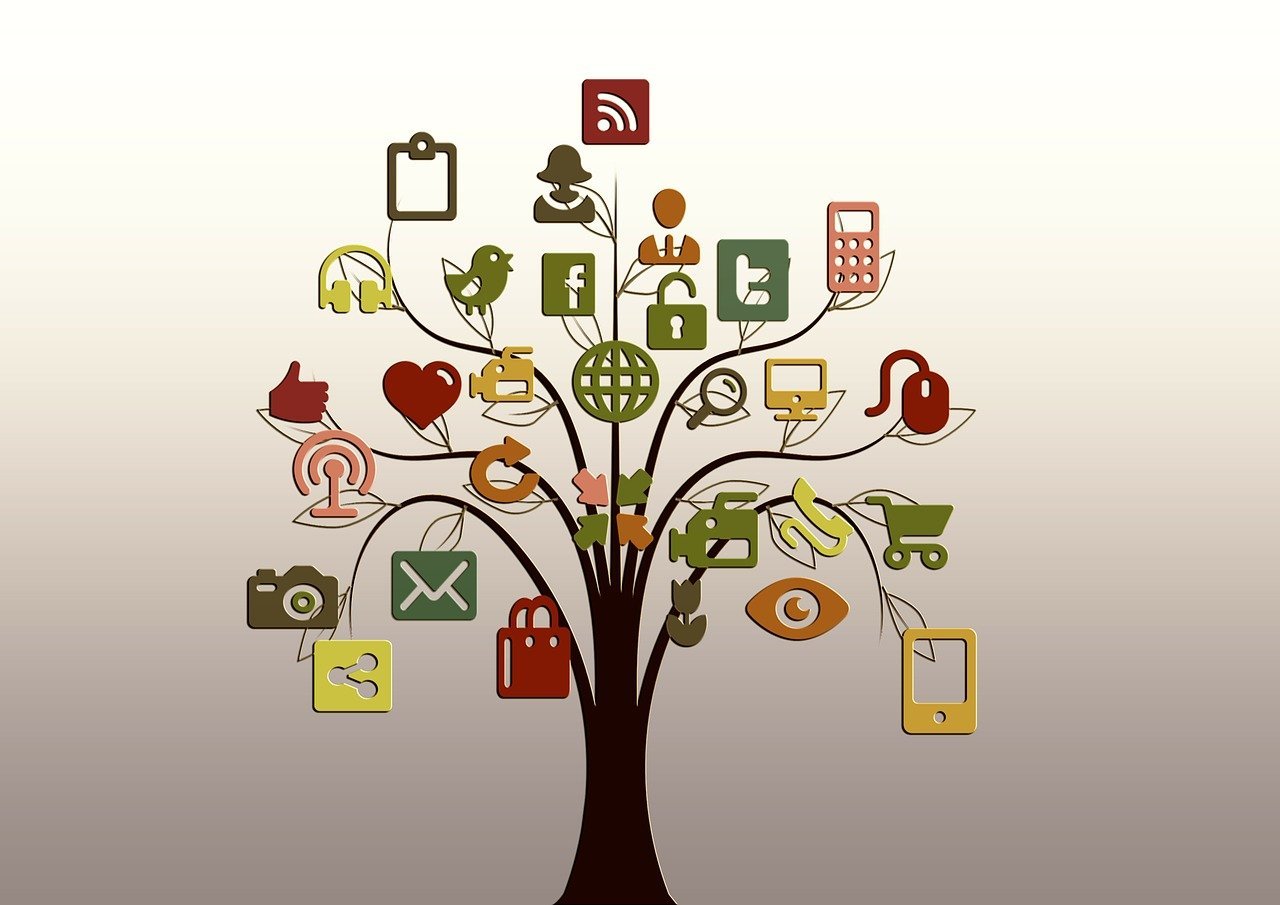Introduction
In 2025, our lives are more connected than ever before. We shop online, manage our finances through mobile apps, attend virtual meetings, and even control our homes with smart devices. But with this digital convenience comes a significant challenge — cybersecurity threats are on the rise.
Cybercriminals are becoming more sophisticated, targeting both individuals and organizations with phishing scams, ransomware attacks, and data breaches. That’s why staying safe online isn’t just a good practice — it’s essential.
In this blog, we’ll share the top 5 actionable cybersecurity tips you can implement right away to protect your data, secure your devices, and maintain digital privacy. Whether you’re working from home, using public Wi-Fi, or managing sensitive files, these strategies will help you build a safer digital environment.
cybersecurity tips 2025, online safety, protect personal data, prevent cyberattacks
strong passwords, phishing scams, multi-factor authentication, secure Wi-Fi, cyber hygiene
Use Strong and Unique Passwords for Every Account
Passwords are your first line of defense against cyberattacks. Yet, studies reveal that many users still rely on weak and reused passwords like “123456” or “password123” — which hackers can crack in seconds.
Why Password Security Matters
Weak or duplicated passwords make it easy for hackers to perform brute-force attacks or access multiple accounts if one password is compromised. Once a hacker gains access to a single account, they may use it as a gateway to steal sensitive information, drain bank accounts, or commit identity theft.
How to Create Strong Passwords
A strong password should:
- Be at least 12–16 characters long
- Include uppercase and lowercase letters
- Contain numbers and special characters
- Avoid easily guessable information like birthdays or pet names
Example of a strong password: T!m3toS@feguard2025#
Use a Password Manager
Managing multiple complex passwords can be overwhelming. That’s where password managers like LastPass, 1Password, and Dashlane come in. These tools store your credentials securely and auto-fill them when needed, reducing the need to remember every password.
strong passwords, password manager, secure login, online account protection
Enable Multi-Factor Authentication (MFA)
Even a strong password can be compromised through phishing, keystroke logging, or data leaks. That’s why Multi-Factor Authentication (MFA) is an essential second layer of protection.
What Is Multi-Factor Authentication?
MFA requires users to provide two or more verification factors before accessing an account. These factors typically include:
- Something you know (password)
- Something you have (smartphone, security token)
- Something you are (biometric data like fingerprints or facial recognition)
Benefits of MFA
With MFA enabled, even if a hacker steals your password, they can’t access your account without the second verification step. This significantly reduces the risk of unauthorized access.
Examples of MFA in Action
Logging into your Gmail and receiving a code via SMS or Google Authenticator
Approving a sign-in from your mobile device or smartwatch
Using fingerprint authentication to unlock financial or government apps
multi-factor authentication, MFA, two-step verification, secure online accounts
Keep All Software and Devices Updated
Outdated software is one of the most common entry points for cybercriminals. Software developers regularly release updates and patches to fix vulnerabilities. If you don’t install these updates, you leave your devices open to known threats.
Why Software Updates Matter
Hackers actively scan for unpatched systems. When they find one, they exploit it to install malware, steal data, or take control of the device. Keeping your devices up to date helps close these security loopholes before they’re exploited.
What to Update
Make sure to regularly update:
- Operating Systems (Windows, macOS, Linux)
- Web browsers (Chrome, Firefox, Edge)
- Antivirus and firewall programs
- Mobile apps
- Router firmware and IoT devices (smart speakers, cameras, etc.)
Pro Tip: Enable Automatic Updates
Where possible, turn on automatic updates to ensure you’re always protected. This applies to your smartphone, laptop, router, and antivirus software.
software updates, system security, patch vulnerabilities, secure devices
Watch Out for Phishing and Social Engineering Attacks
Phishing remains one of the most common and effective cyberattack techniques in 2025. It involves tricking users into revealing sensitive information or clicking on malicious links.
What Is Phishing?
Phishing messages often appear to come from trusted sources like banks, online stores, or government agencies. They typically ask users to:
- Click on a suspicious link
- Open an infected attachment
- Provide login credentials or credit card numbers
How to Spot Phishing Scams
Here are some red flags:
- Urgent or threatening language (“Your account will be closed!”)
- Email addresses that look fake or slightly misspelled
- Requests for personal information via email or SMS
- Unexpected attachments or links
How to Protect Yourself
Verify the sender: Contact the organization directly if you’re unsure.
Hover over links: Check the actual URL before clicking.
Don’t download suspicious attachments: Especially from unknown or unverified sources.
Use email clients and antivirus software that provide phishing detection.
phishing scams 2025, email security, prevent phishing attacks, online fraud prevention
Secure Your Home and Wi-Fi Networks
With more people working remotely and relying on smart home devices, your home network is a prime target for cyberattacks.
Start With Your Router
Your router is the gateway to all devices in your home. Secure it by:
- Changing the default admin username and password
- Enabling WPA3 encryption (or WPA2 at a minimum)
- Updating firmware regularly
Additional Tips to Strengthen Network Security
Create a guest network: Isolate IoT devices and visitors from your main network.
Disable remote access: Unless necessary, disable this feature to block external login attempts.
Enable firewalls: Both on the router and individual devices.
Turn off Wi-Fi when not in use, especially when traveling or sleeping.
Monitor Network Activity
Use network monitoring tools like Fing, GlassWire, or Bitdefender Box to detect unusual activity, identify unknown devices, and block unauthorized access.
Home network security, Wi-Fi safety, secure your router, protect smart devices
Bonus Tip: Stay Informed About Emerging Threats
Cybersecurity is a constantly evolving field. What worked yesterday may not protect you today. That’s why it’s essential to stay informed and updated.
How to Stay Cyber-Aware
- Follow official cybersecurity blogs like CISA, CERT-In, or Krebs on Security
- Join online forums and communities like r/cybersecurity on Reddit
- Subscribe to newsletters or alerts from your antivirus provider
- Attend webinars or local cybersecurity workshops
The more aware you are of trends, the better you can defend against them.
cybersecurity news 2025, latest online threats, cyber safety awareness
Conclusion
Cybersecurity doesn’t have to be complicated — but it does require consistent attention and good habits. By following these five essential tips, you can dramatically reduce your risk of falling victim to cyberattacks:
- Use strong, unique passwords
- Enable multi-factor authentication
- Keep your devices and software up to date
- Watch out for phishing attempts
- Secure your home and Wi-Fi networks
And always stay updated with the latest cybersecurity news and best practices. Remember, online safety is not just the responsibility of IT professionals — it’s for everyone. Stay informed, stay secure, and take charge of your digital life.
Ready to Take Action?
Start implementing these cybersecurity tips today. Share this blog with friends, colleagues, or family to help others stay safe online in 2025.
cybersecurity tips 2025, online safety, phishing scams, secure Wi-Fi, strong passwords, software updates, multi-factor authentication, protect personal data





